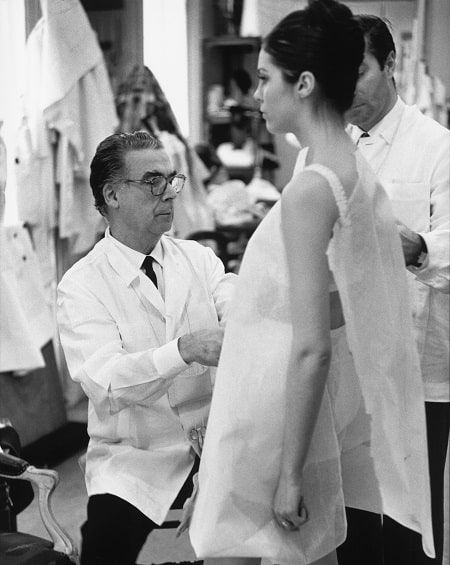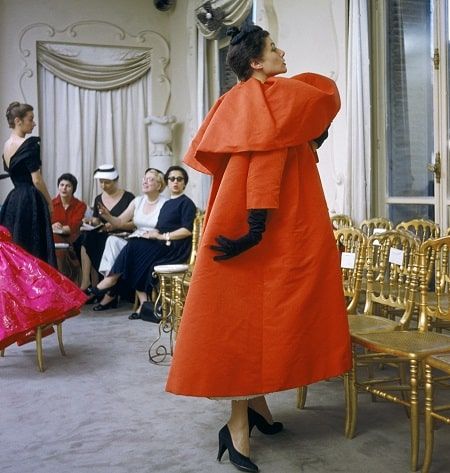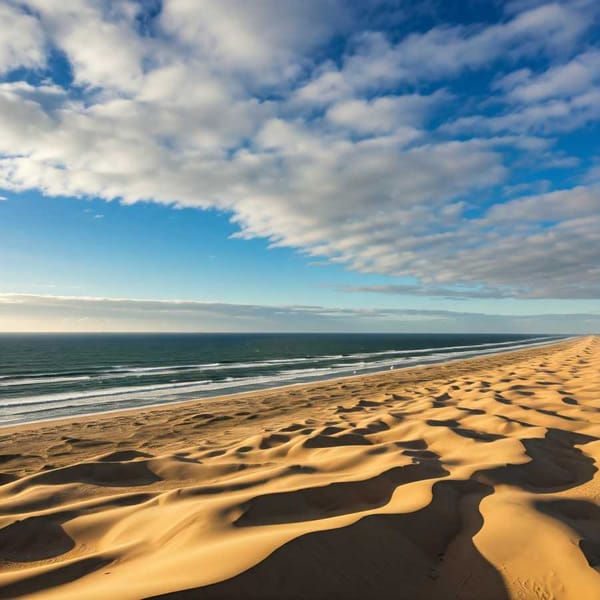Balenciaga, the fashion engineer
From the opening of Cristóbal Balenciaga's first atelier in San Sebastián to his arrival in Paris. Explore the work and legacy of the designer from Guipuzcoa.

Known as "The Master" of haute couture, Cristóbal Balenciaga was one of the most innovative and influential designers of the last century. His exquisite craftsmanship and pioneering use of his fabrics revolutionized the female silhouette, setting the tone for modern fashion.
There is no more respected and mysterious figure in the history of fashion than Balenciaga. He dressed the most renowned women of the era and was revered by many of his illustrious contemporaries, including Christian Dior and Coco Chanel.
The beginnings of success
Born on January 21, 1895, in the small coastal town of Guetaria, Cristobal Balenciaga was the fifth child of a fisherman and a seamstress. His humble childhood was marked by his father's early death at sea and his mother's fine work. As a child, he was often seen in the English-style tailor shops of San Sebastian, obsessed with learning the details of the cut and construction of the suits.
At that time, the shores of the Bay of Biscay were the favorite place to spend the summer months of European royalty and high society. It was thus that the VII Marquise of Casa Torres, grandmother of the future Queen Fabiola of Belgium, who summered in Guetaria, became his patron. Balenciaga was only thirteen years old. In 1917, at the age of 22, Balenciaga already counted among his clients the most influential Spanish ladies, such as Queen Maria Cristina and the Infanta Isabel Alfonsa.
When the Spanish Civil War broke out, the couturier was forced to close his stores, moving to Paris where he operated the most exclusive and expensive atelier in Paris for 31 years. Three fruitful decades in which Balenciaga invented new volumes. Creator of the tonneau line, or barrel (1946), the melon sleeves and balloon skirts (1950), designed the tunic dress (1955), the sack dress (1957), the baby doll, and dresses "Queue de Paon" (1958), his collections made him the master of masters and is that the workshops of his fashion house forged designers like Oscar de la Renta, André Courrèges, Hubert de Givenchy and Emanuel Ungaro.

Likewise, all this creativity provided him with a coveted portfolio of clients, including actresses such as Marlene Dietrich and Elizabeth Taylor, and ladies of high society such as Jacqueline Kennedy, Mona Bismarck, and Gloria Guinness.
Avant-garde legacy
His haute couture, full of secrets, is the symbol of a time when craftsmanship took the place of computer science. Balenciaga was a textile engineer who introduced designs that changed the way women dressed, making him for 20 years the prophet of fashion. Balenciaga is much more important for what it hides than for what it shows.
The simplicity is rigorous on the outside, but the inside is pure engineering, secrets perfectly stitched together never to be revealed. Balenciaga didn't find in the drawing the starting point with which to begin designing. The most important thing for him was to find the right fabric and, once found, to elaborate the best design according to its characteristics and composition, texture, and movement, giving the garments a perfect, almost sculptural finish.

The dressmaker was always surprising, being able to carve in the same piece of fabric the sleeve and the back of the same dress without a trace of stitching or sewing. His contemporaries admired him and the designers of this millennium are influenced by his art. Cristóbal Balenciaga was like his suits: ascetic on the outside, but with an interior full of secrets to be discovered.
Check out another article on Fast Fashion.




